What distinguishes the expert from the amateur in chess is partly tactical fluency, but also the ability to map out long-term patterns, in other words to visualise a distant goal. Some champions were distinguished by their talent for rough-and-tumble tactics; among such illuminati one could mention Alekhine, Tal and Kasparov. Others, such as Capablanca, Reti, Nimzowitsch, Smyslov and Karpov, stood out by virtue of their ability to foresee routes to victory that could only have been vaguely discernible to the average chess eye.
A new book Planning: Move by Move by Zenon Franco (Everyman Chess) explains this long-range vision and how to improve one’s prospects of achieving it. A particular expert in planning was Tigran Petrosian, whose 90th anniversary we are celebrating this year. In this week’s game his apparent feint on the queenside is only the prelude to a mighty onslaught which his opponent had anticipated would develop on the opposite wing.
Petrosian-Smyslov: Moscow 1961; Queen’s Indian Defence
1 c4 Nf6 2 Nc3 e6 3 Nf3 b6 4 d4 Bb7 5 a3 d5 6 cxd5 Nxd5 7 e3 Be7 8 Bb5+ c6 9 Bd3 c5 10 Nxd5 Qxd5 11 dxc5 Qxc5 (see diagram 1) There is no great imbalance in the position. The development of both sides is similar and the pawn structure is also balanced. There are only two details which favour White at the moment: the fact that it’s his move and the exposed position of the black queen. Note how White now executes a clever plan to drive the black queen uncomfortably away from the king which will inevitably be the residence of the black king. 12 Bd2 White postpones castling in order to start harassing the black queen as soon as possible. 12 … Nc6 13 Rc1 Qd6 14 Qc2 Rc8 15 0-0 h6 16 Rfd1 0-0 17 Bc3 The white bishops, trained on the kingside, create obvious difficulties for Black. 17 … Qb8 18 Qa4 Petrosian described this move as, ‘a simple move, but one of murderous strength. The switch of the queen to the kingside enables White to obtain an irresistible attack.’ 18 … Rfd8 19 Qe4 g6 20 Qg4 h5 20 … Kh7? fails to 21 Bxg6+! fxg6 22 Qxe6 Rf8 23 Nh4!, which is more elegant but no better than the prosaic 23 Rd7. 21 Qh3 f5 Preventing 22 g4 catastrophically weakening the e6- and g6-squares. 22 Bc4 Rxd1+ 23 Rxd1 Kf7 (see diagram 2) 24 e4! An energetic blow to destroy the black king’s cover. 24 … Qf4 25 Re1 Qg4 26 exf5 And once again the black king is left defenceless. The rest is easy; it’s like a boxing match in which one groggy combatant (the black king) is pursued around the ring. 26 … Qxc4 27 fxg6+ Ke8 28 g7 e5 29 Qxh5+ Kd7 30 Rd1+ Bd6 31 Bxe5 Nd4 32 Nxd4 Black resigns
Got something to add? Join the discussion and comment below.
Get 10 issues for just $10
Subscribe to The Spectator Australia today for the next 10 magazine issues, plus full online access, for just $10.
You might disagree with half of it, but you’ll enjoy reading all of it. Try your first month for free, then just $2 a week for the remainder of your first year.

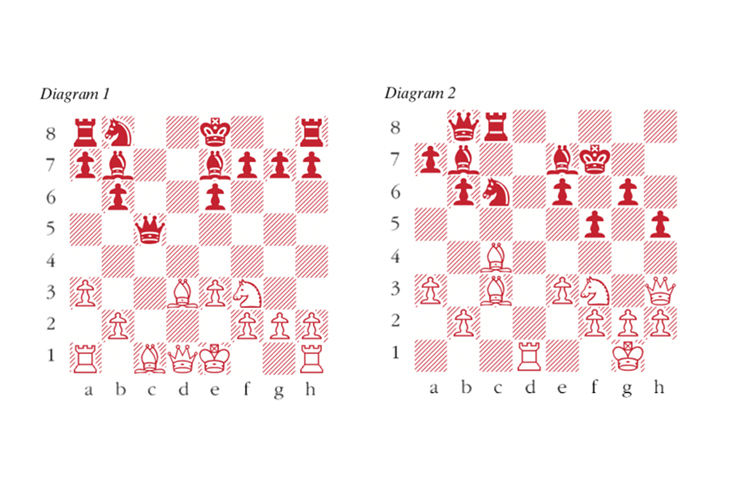

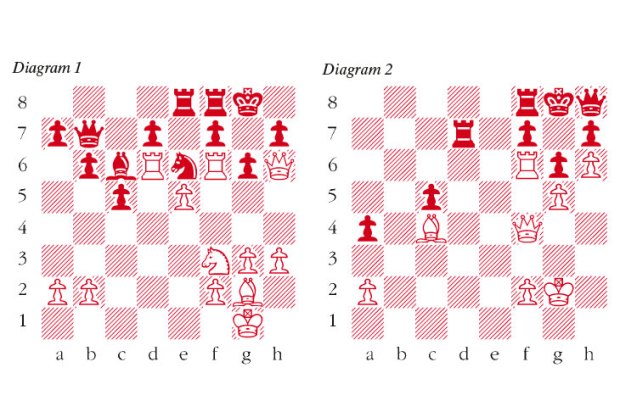
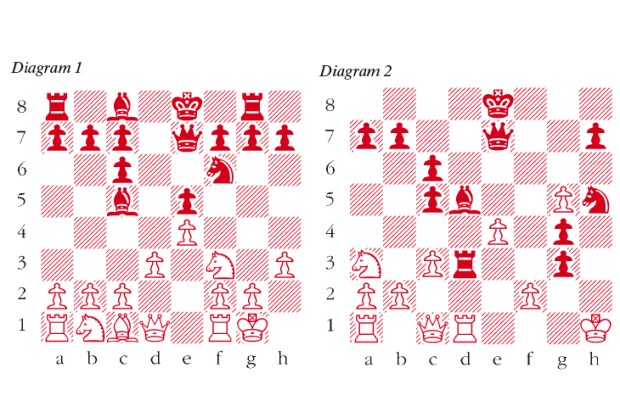
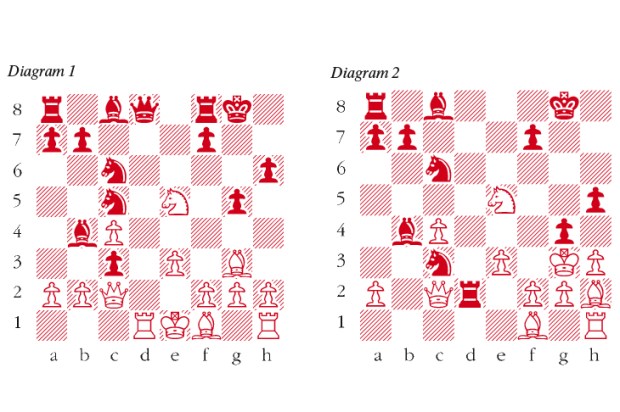
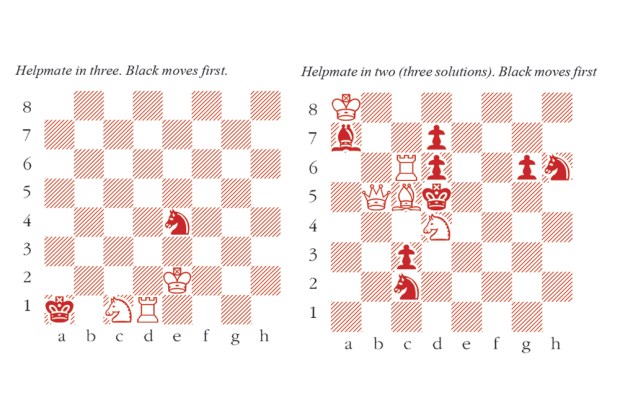
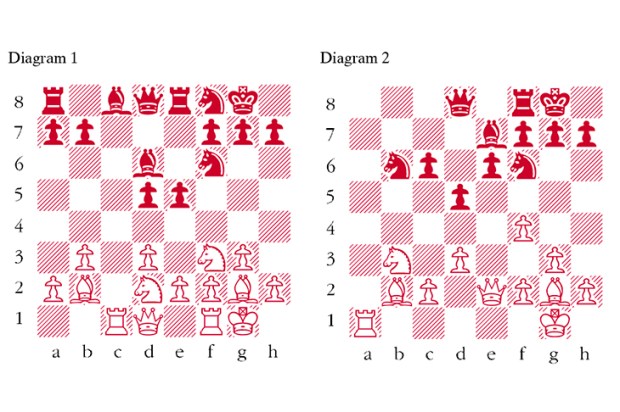






Comments
Don't miss out
Join the conversation with other Spectator Australia readers. Subscribe to leave a comment.
SUBSCRIBEAlready a subscriber? Log in